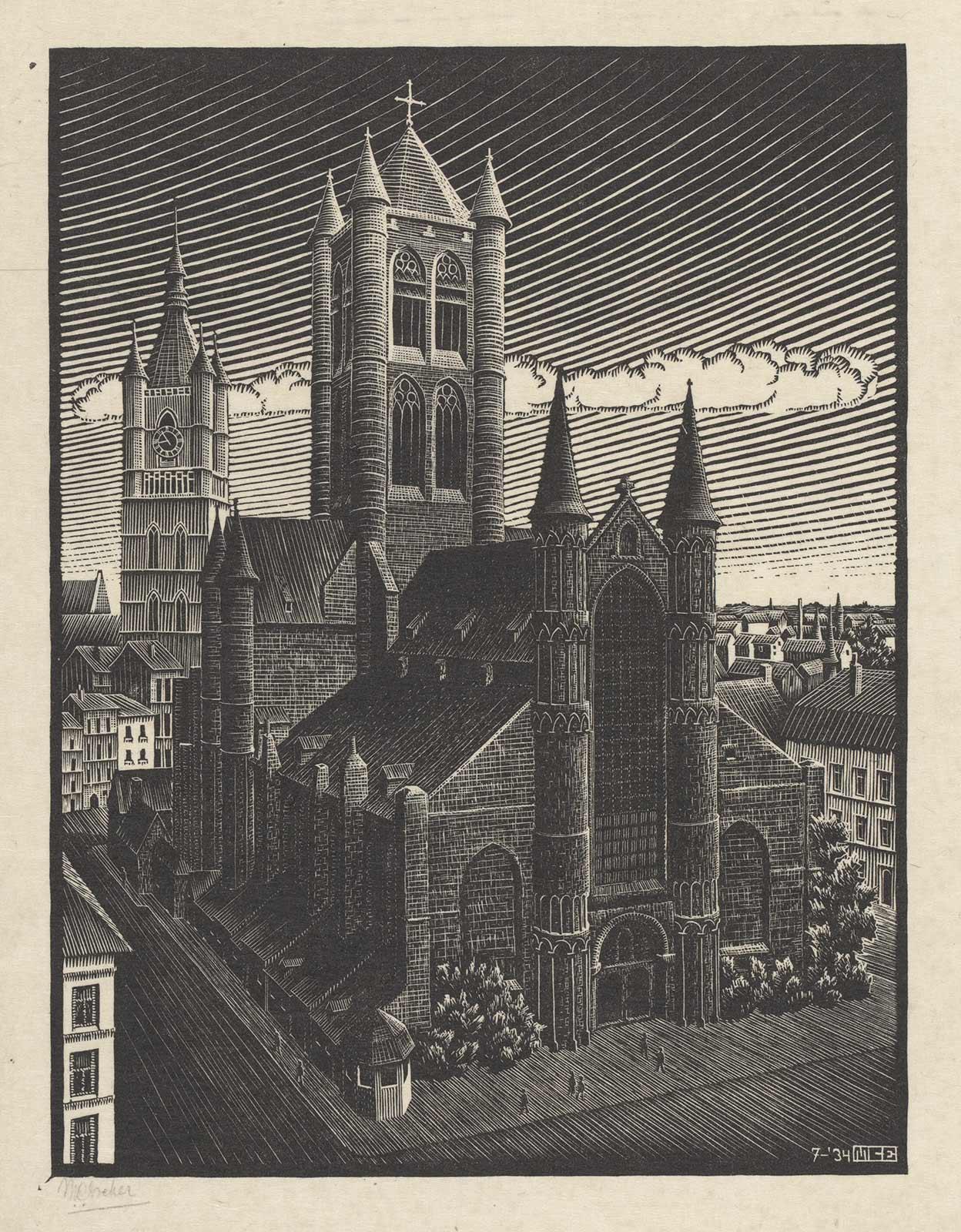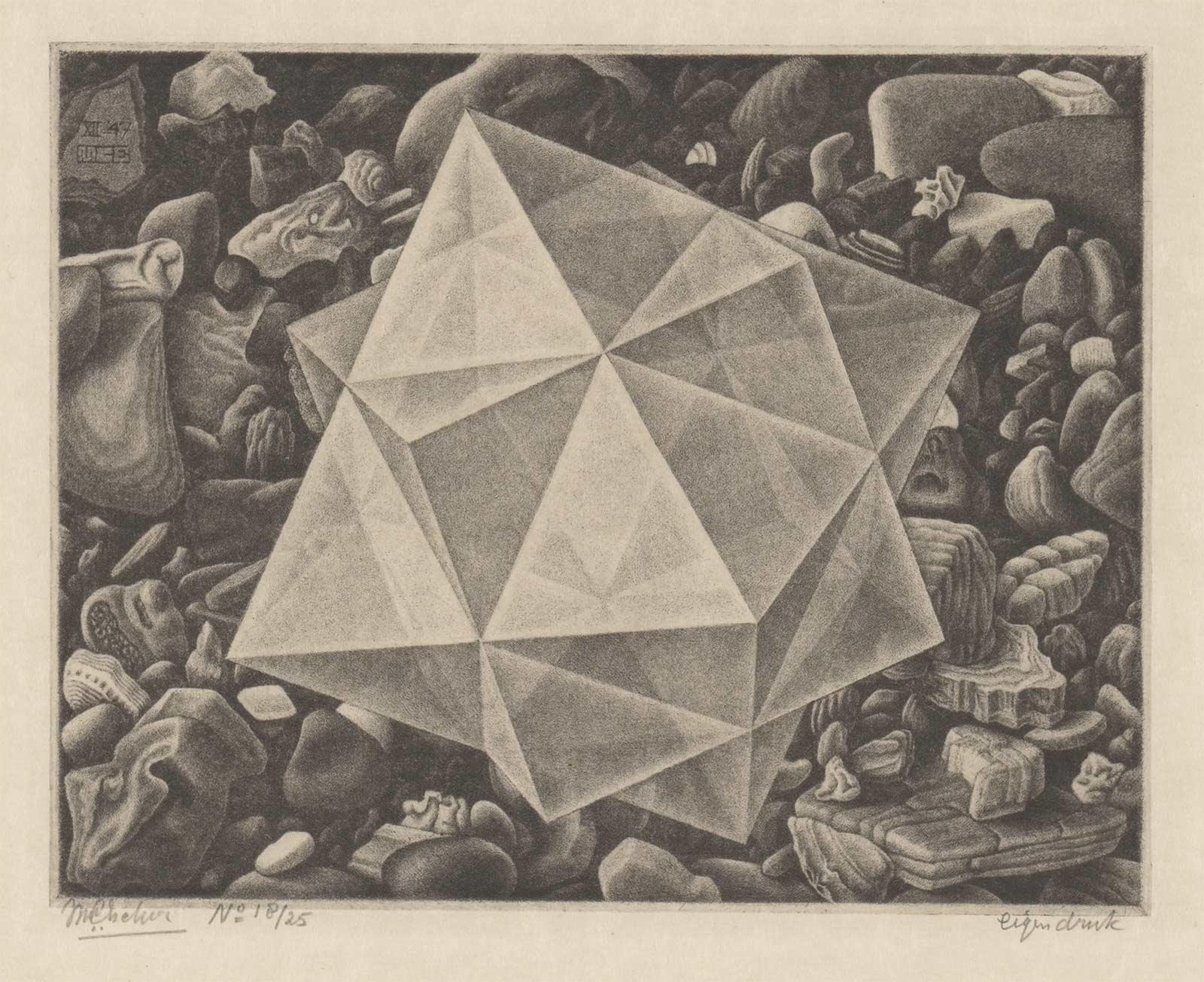

50 years ago, on 5 December 1969, The Rolling Stones launched the album Let It Bleed. It is one of the most famous Stones albums, featuring classic songs like Gimme Shelter, Midnight Rambler and You Can't Always Get What You Want. The cover features a cake and a record player, but it could have been a print by Escher.
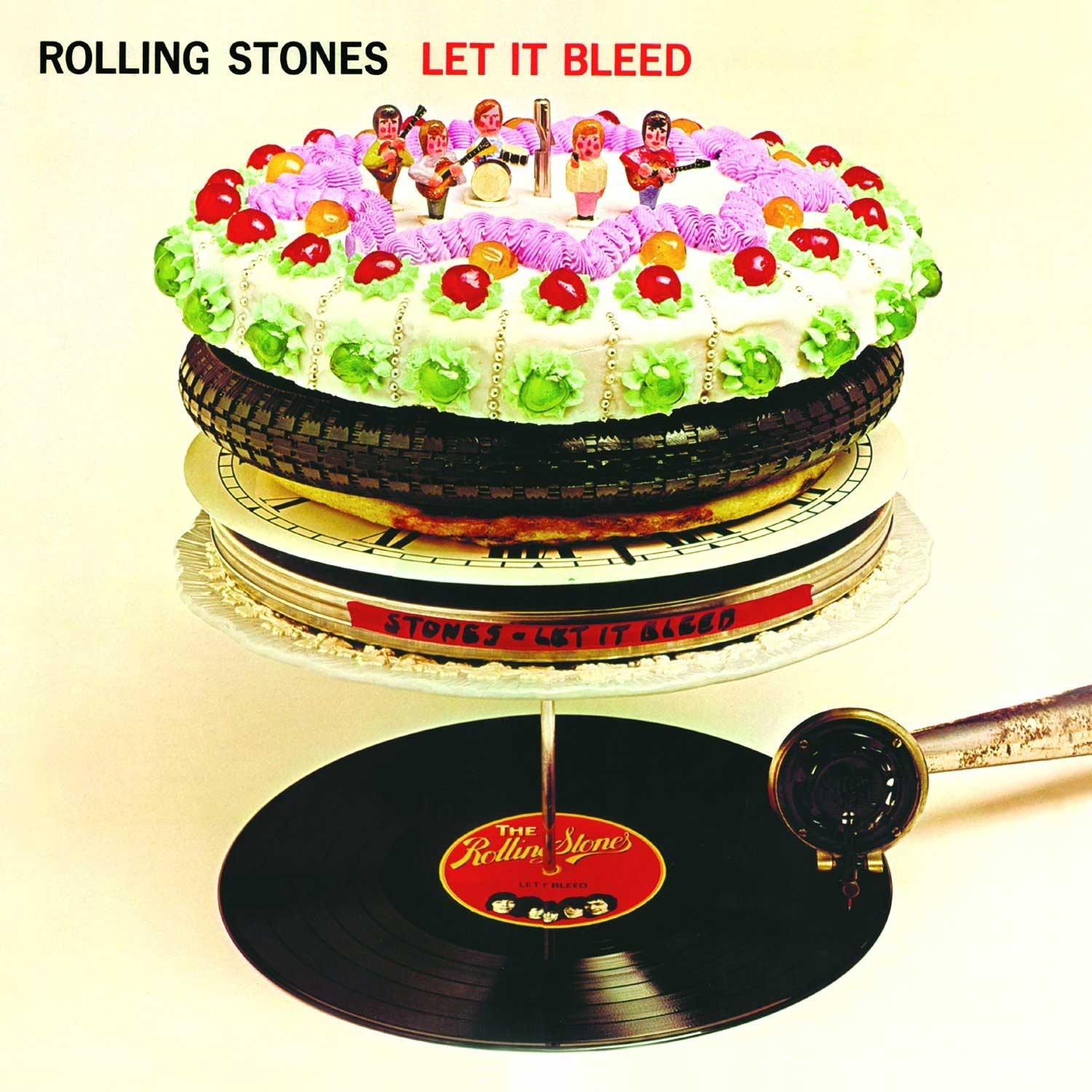
During that period the Stones were locked in battle with The Beatles over which of them was the best band in the world. One of the battle fronts was the record sleeve. After a well-behaved start in the early 60s, both bands were looking for more artistically credible covers. As early as 1967, The Beatles chose colourful covers for Sgt. Pepper’s Lonely Hearts Club Band and Magical Mystery Tour. That same year The Stones released Their Satanic Majesties Request, the cover of which was also awash with colour. The white cover for The White Album (Beatles) was immediately followed by an almost white cover for Beggars Banquet (Stones). In January 1969, a new psychedelic cover for The Beatles’ album Yellow Submarine followed. The Stones were eagerly looking for suitable artwork for their new album, the title of which had not yet been decided at that juncture.
Allow cookies
You need to change your cookie preferences to view the following content.
The Rolling Stones in June 1969. Left to right: drummer Charlie Watts, guitarist Mick Taylor, singer Mick Jagger, guitarist Keith Richards and bass player Bill Wyman.
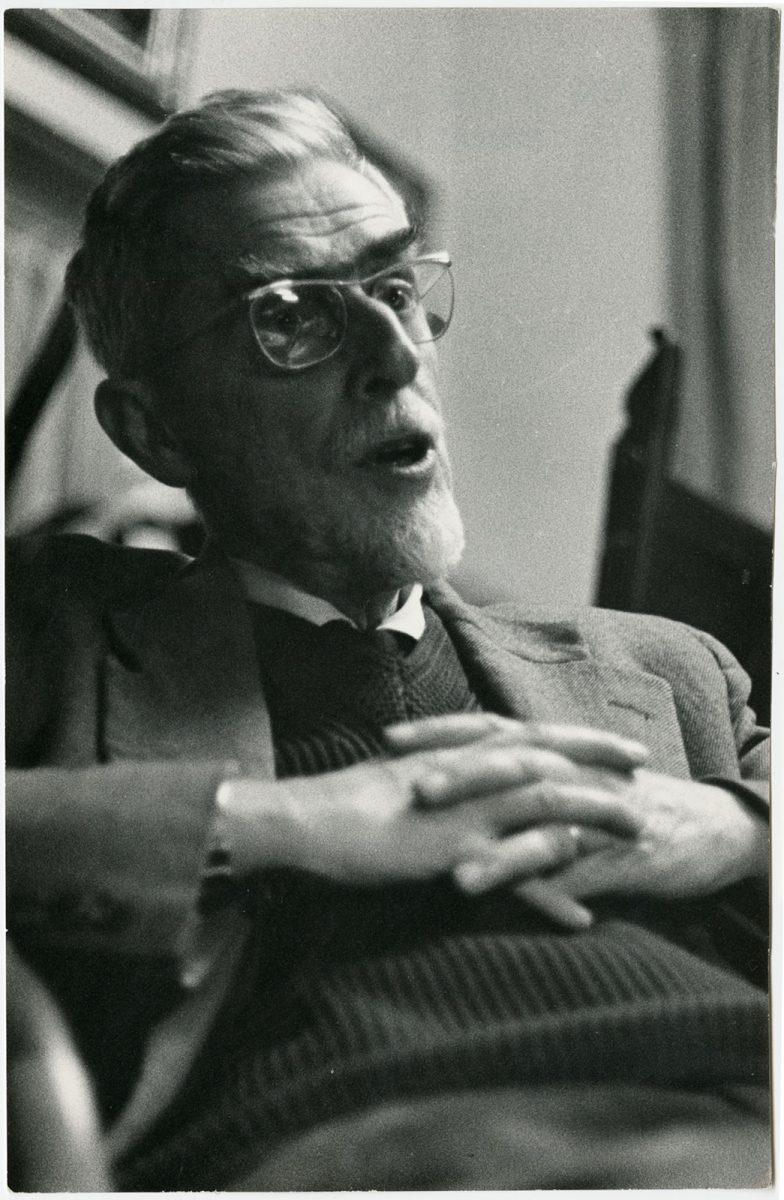
Mick Jagger decided to approach M.C. Escher, an artist he held in high esteem. A cover featuring a design by the printmaker could only be a boon for the album. On New Year’s Day 1969, Jagger wrote a letter to Escher:
'Dear Maurits,
For quite a time now I have had in my possession your book and it never ceases to amaze me each time I study it! In fact I think your work is quite incredible and it would make me very happy for a lot more people to see and know and understand exactly what you are doing. In March or April this year, we have scheduled our next LP record for release, and I am most eager to reproduce one of your works on the cover-sleeve. Would you please consider either designing a "picture" for it, or have you any unpublished works which you might think suitable - the "optical illusion" idea very much appeals to me, although one like "Evolution" would of course be equally as suitable. And would say the same thing. You might even like to do a long one like "Metamorphosis" which we could then reproduce as a folding-out sleeve. It could be either in one colour or full colour, that would be up to you entirely.
Naturally, both you and your publishers would get full credits on the sleeve, and we could negotiate a fee on hearing of your decision to do it. I would be most grateful if you could contact Peter Swales or Miss Jo Bergman at the above address or telephone (reverse charge), and either will give you every necessary assistance. However, I am not so fortunate as to possess a Dutch interpreter, and so if you do not speak English or French, I would again be grateful if you could fix up somebody in Baarn to oblige.
Yours very sincerely,
MICK JAGGER
for ROLLING STONES LTD.'
Escher responded immediately. The answer given to Peter Swales, in English, was cordial but a little savage too:
'Dear Sir,
Some days ago I received a letter from Mr. Jagger asking me to design a picture or to place at his disposal unpublished work to reproduce on the cover-sleeve for an LP record. My answer to both questions must be no, as I want to devote all my time and attention to the many commitments made; I cannot possibly accept any further assignments or spend any time on publicity.
By the way, please tell Mr. Jagger I am not Maurits to him, but
Very sincerely,
M.C. Escher'
You Can’t Always Get What You Want
Admittedly, Mick Jagger made a mistake by addressing Escher by his first name, but that was not the main issue. The music of The Stones was not Escher’s cup of tea at all. Hence the use of one of his prints for one of their album covers would not have sat well with him. He was also a man of strong principles, and so wanted to give precedence to fulfilling previously made agreements. If he were to give priority to a request such as Jagger’s, there would be no end to it. Even though that request had come from a world-famous band like The Rolling Stones. Jagger wrote a follow-up letter asking if he could use the print Verbum, but Escher had already made up his mind.
Overall, 1969 was not a good year for the Stones. Brian Jones was so addicted to alcohol and drugs that he was barely able to contribute to the new album. He was kicked out of the Stones by Mick Jagger and Keith Richards in June. Jagger himself was arrested for drug possession earlier that year. Just before the band presented its new guitarist, Mick Taylor, through a free concert in London’s Hyde Park, Brian Jones was found dead in his swimming pool. Hence the Hyde Park concert became a memorial for Jones. This first concert in over a year was a huge success, in part due to the emotional charge hanging over it. But more disasters were to come. On the same day that Let It Bleed was released in America, the band gave a performance on the Altamont Speedway in Livermore, California. During the concert, a spectator was stabbed to death by a Hell’s Angel. Members of that motorcycle gang had been hired by the Stones to maintain order. The opening song of Let it Bleed is Gimme Shelter, containing the refrain ’Rape, murder! It’s just a shot away! It’s just a shot away!’ The fact this song received such a literal interpretation during Altamont remains a bizarre notion. Escher’s rejection of Jagger’s album cover request was therefore a relatively minor setback in a year in which everything went wrong for the band.
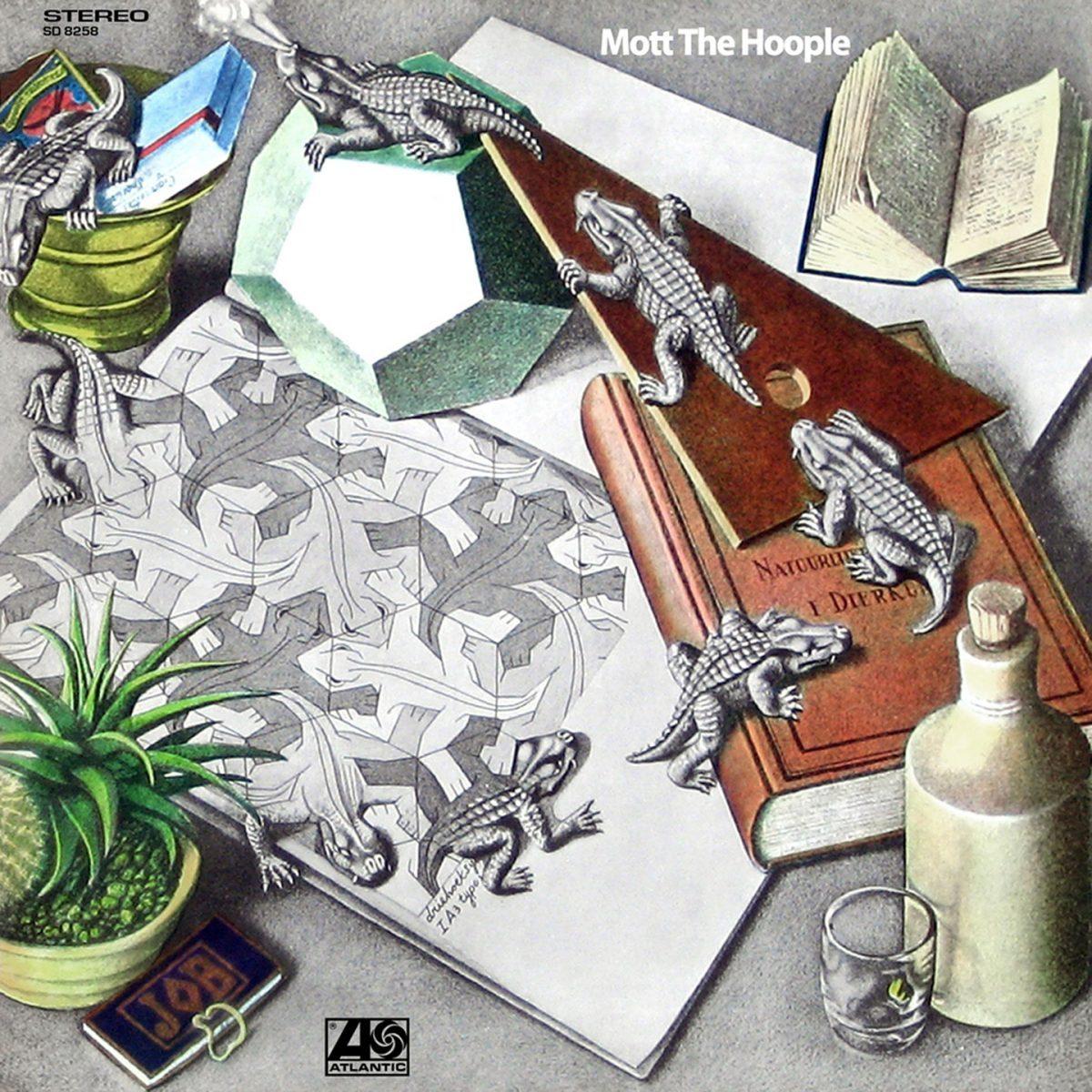
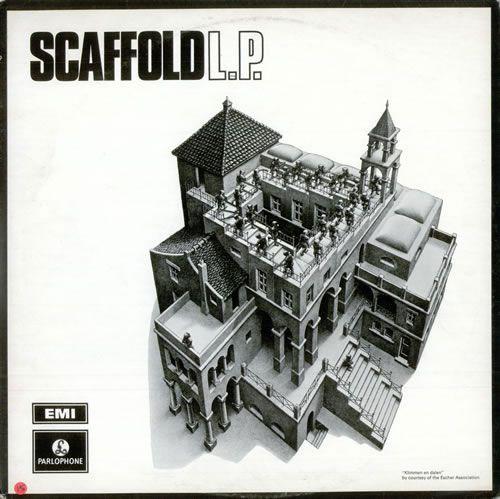
Incidentally, three records featuring Escher prints were released in 1969. The British band Mott the Hoople released an album with a coloured version of Reptiles and the cover of the album L. the P. by the band Scaffold (also British) featured Ascending and Descending. The third cover was by the American psychedelic rockband The Mandrake Memorial, who used two Escherprints for their album Puzzle; House of Stairs for the front and back and Curl-up for the inside of the gatefold sleeve. He himself was not involved in these designs. The permission was granted by the Escher Foundation, which can be seen on the covers of Scaffold and The Mandrake Memorial.
In the end, the cover of Let it Bleed was created by the American designer Robert Brownjohn. It features a record changer with the album and the needle of an old-fashioned phonograph. On top of that is a pile consisting of a cake with five figures representing the five Stones, an elastic band, a pizza, a clock face and a film can. The result is colourful, busy and kitschy, an ode to the flower power era in which it was made. An image that bears no resemblance whatsoever to the art of M.C. Escher.
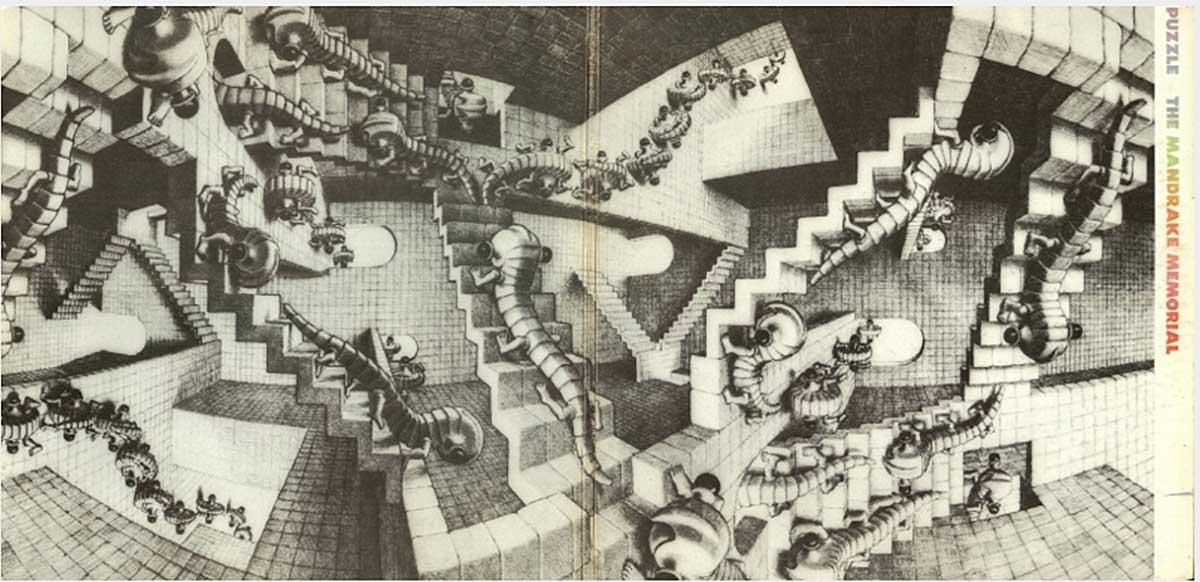
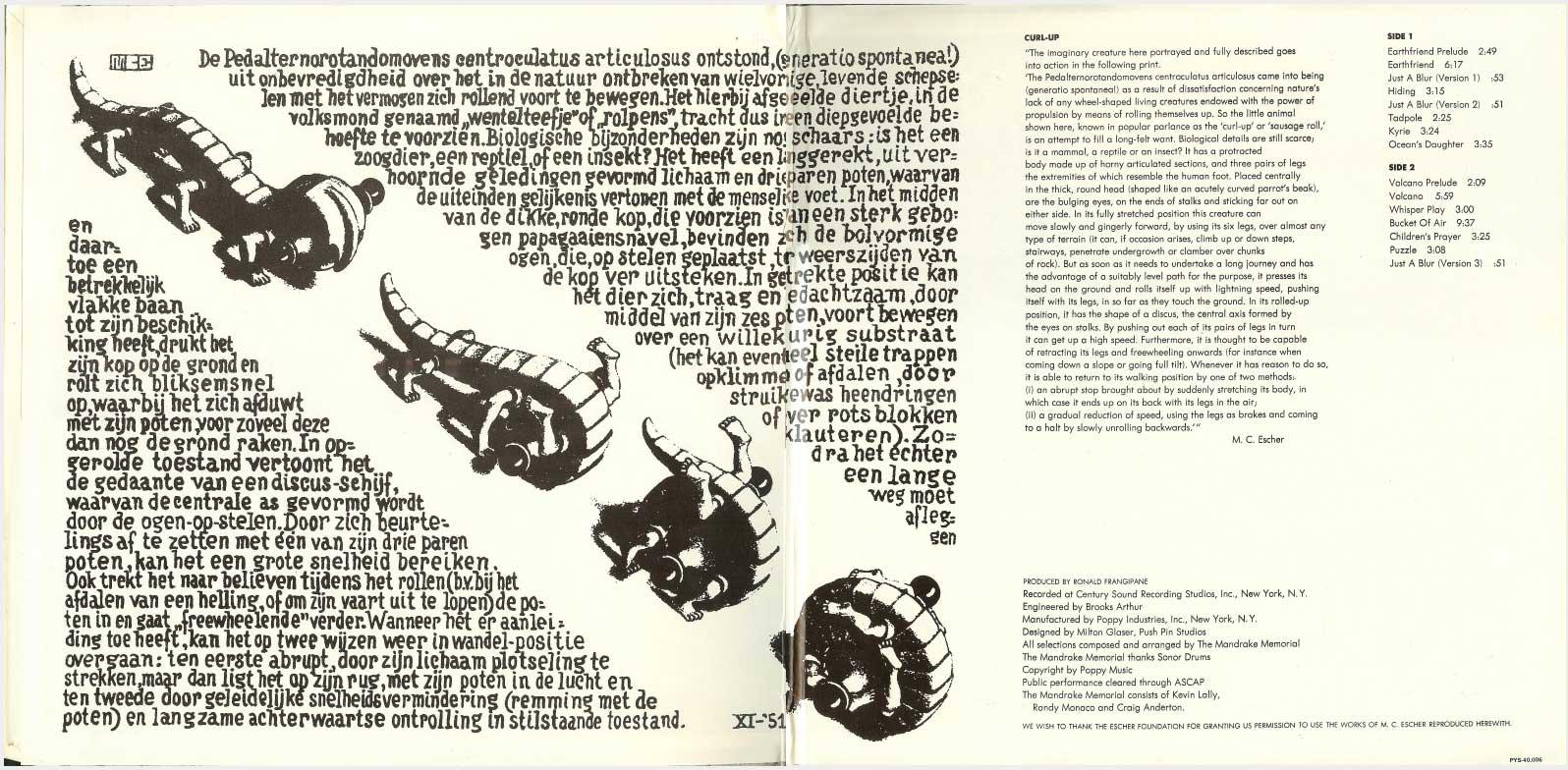
More Escher today

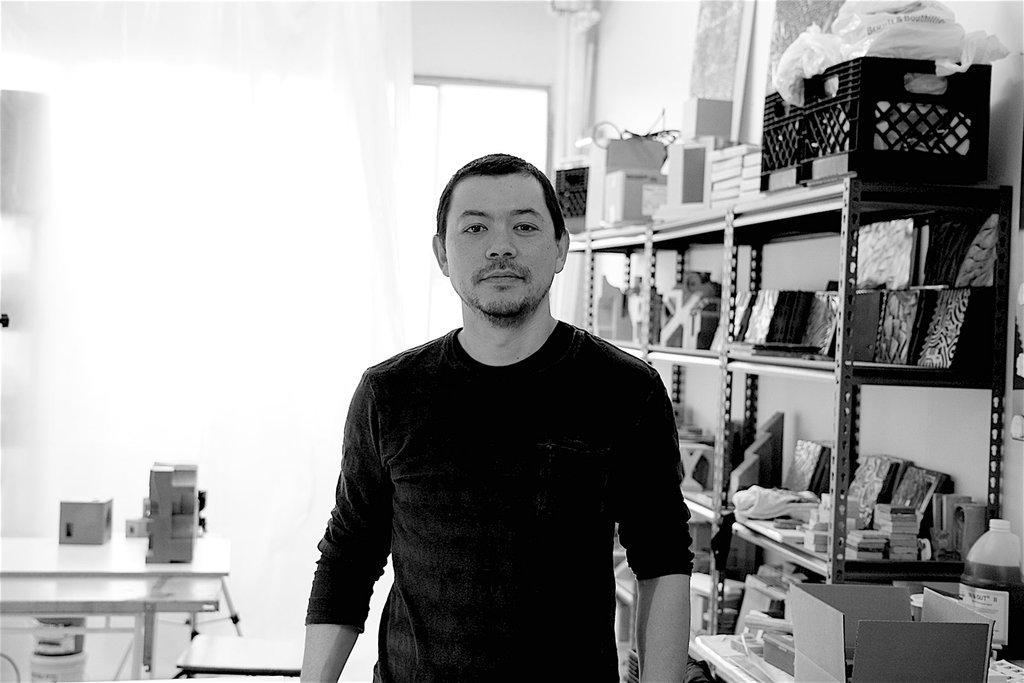
David Umemoto about Escher
